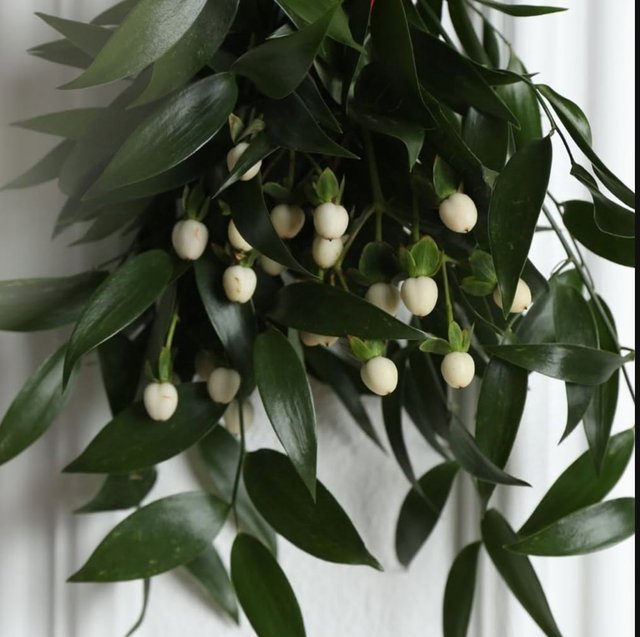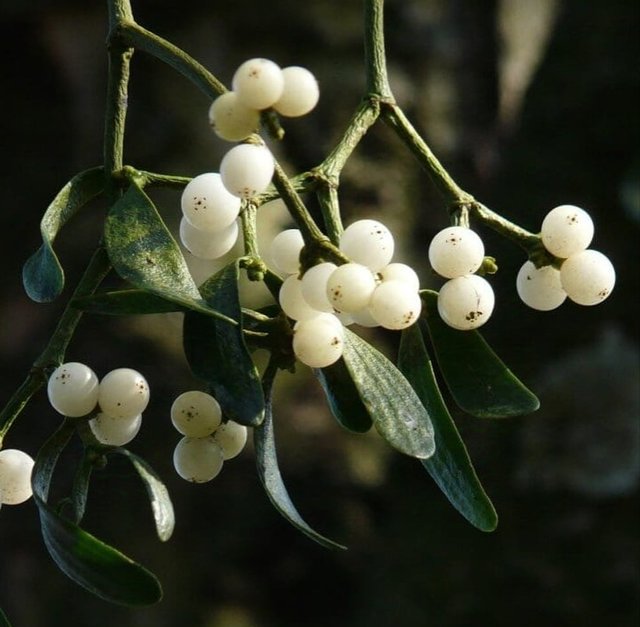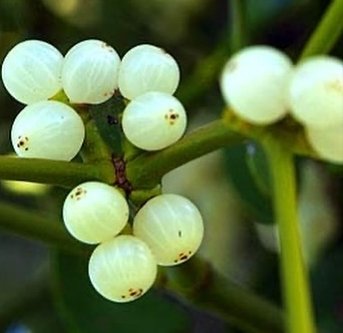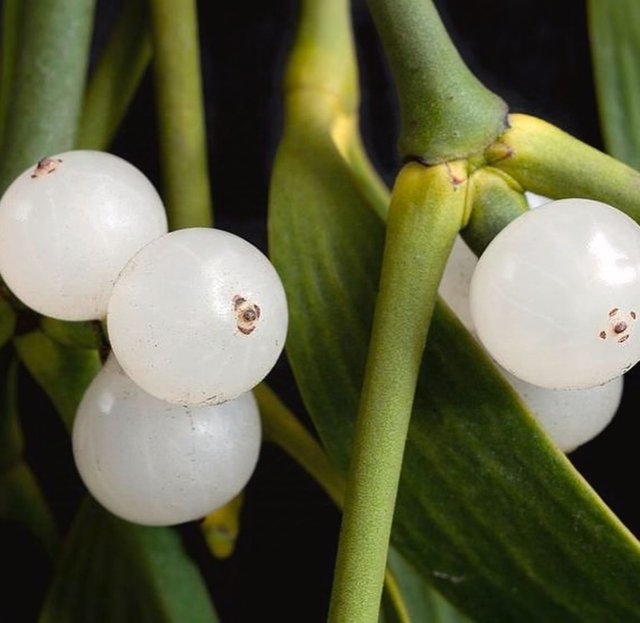Chiococca alba: A Marvel of Nature’s Apothecary
Chiococca alba, commonly known as the Snowberry, David’s Milkberry, or West Indian Milkberry, is a fascinating plant species that thrives in tropical and subtropical regions. Known for its medicinal properties, adaptability, and ecological significance, this plant has been a staple in traditional medicine and landscaping for centuries.
Taxonomy and Distribution
Chiococca alba belongs to the Rubiaceae family, which includes coffee and gardenia. This evergreen shrub or small vine is native to regions stretching from Florida and the Caribbean to Central and South America. It is often found in forests, thickets, and coastal areas, demonstrating remarkable resilience in diverse ecosystems, including dry and sandy soils.
Physical Characteristics
The plant is named for its striking white, berry-like fruits that stand out against its dark green, leathery leaves. These berries, often resembling miniature snowballs, give the plant its common name, Snowberry. The shrub typically grows to about 1–4 meters in height, depending on environmental conditions. Its slender, trailing stems can either climb or spread across the ground, forming dense cover.
The flowers of Chiococca alba are small, tubular, and pale yellow. They bloom throughout the year in warm climates, attracting various pollinators such as bees, butterflies, and hummingbirds.
Ecological Role
Chiococca alba plays a crucial role in its native habitats. The berries serve as a food source for birds and small mammals, aiding in seed dispersal. The plant’s dense growth pattern also provides shelter for various wildlife species.




